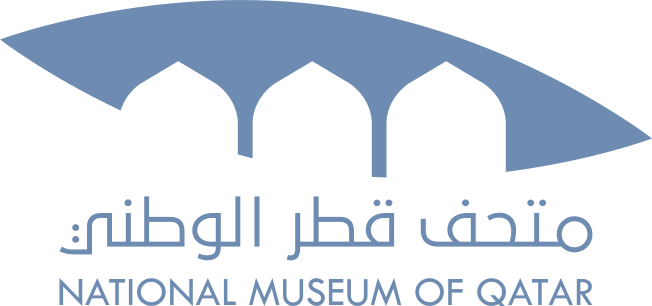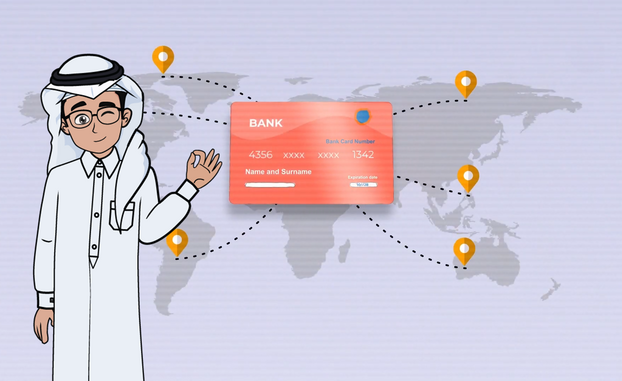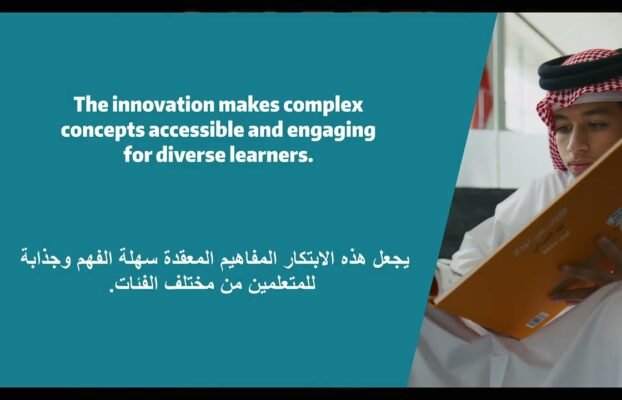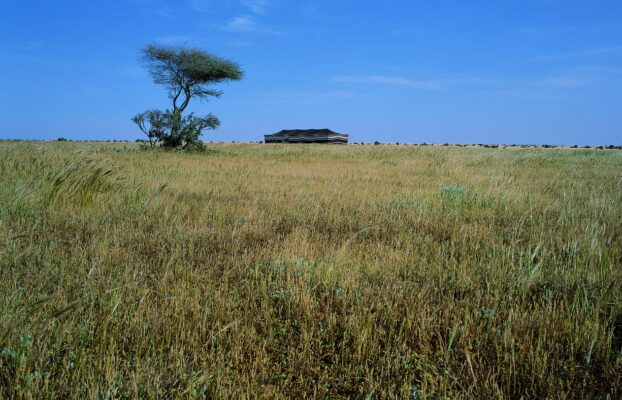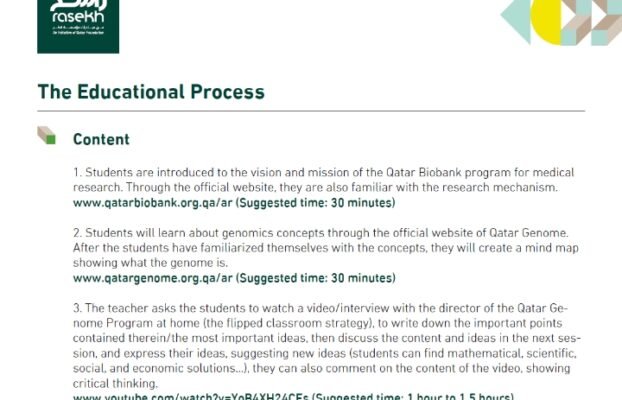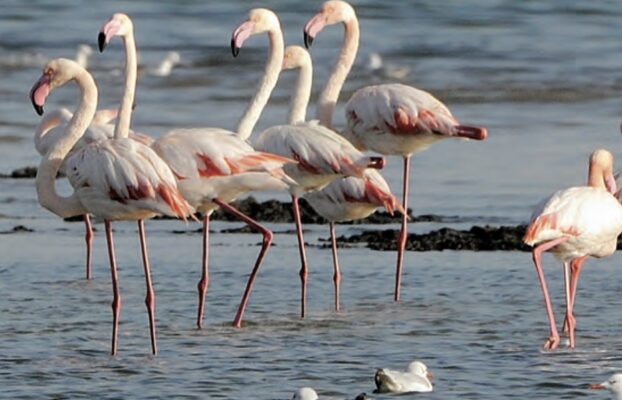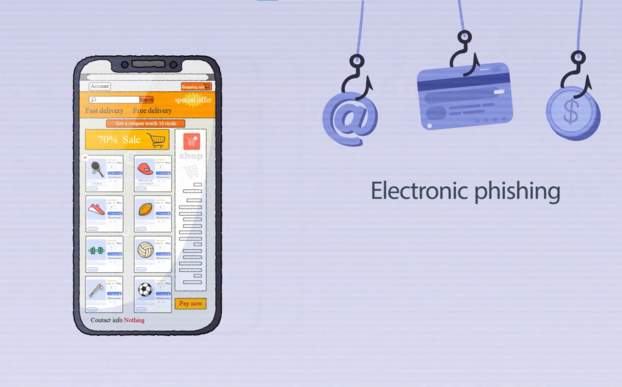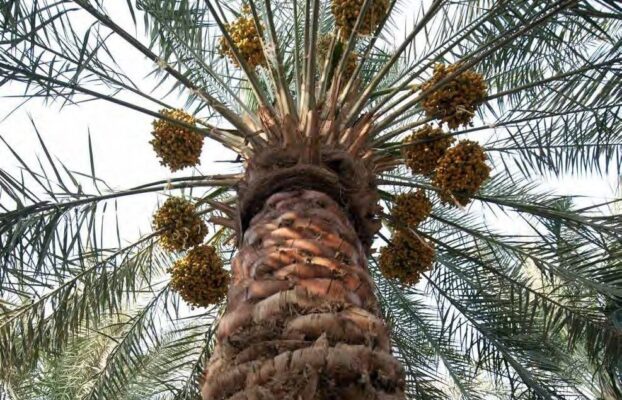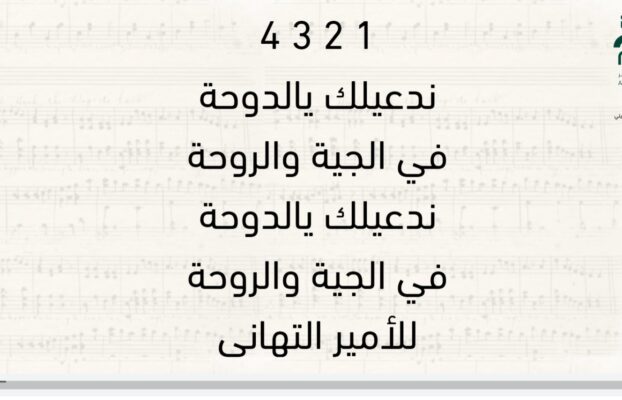Flora and Fauna / ecosystem
Qatar’s Desert Environment: A sustainable solution and action
-
Sustainability
QNV 2030: Qatar National Vision 2030
-
Resource Plan
-
SDG 15: Life on Land
-
14 - 15, 15 - 16 years
-
Earth Sciences, Geography, Science, Social Studies
-
Resource ID: 15516
- Share Feedback Embed Resource
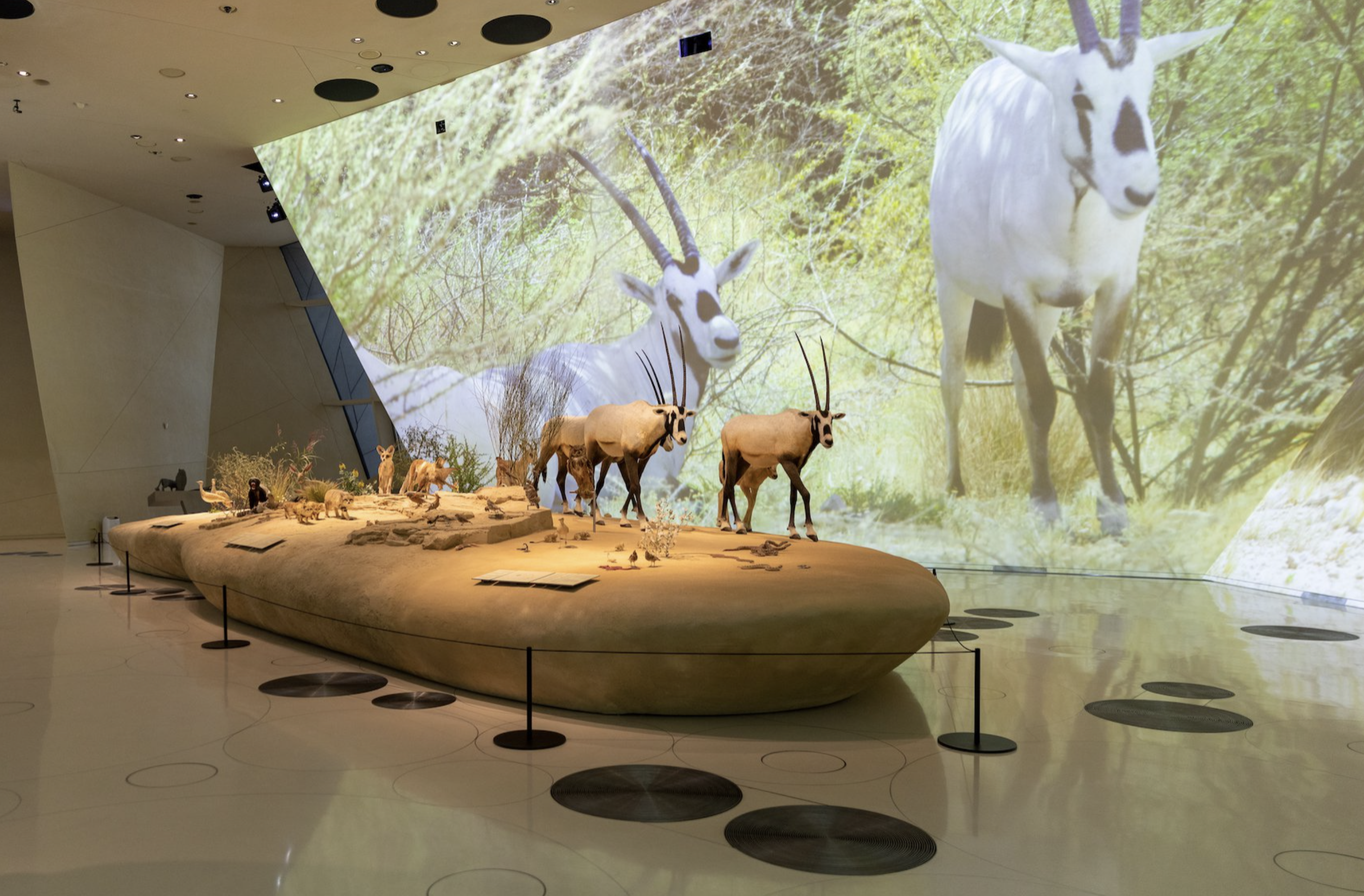
Overarching Goal(s)
- To equip learners with the knowledge, skills, motivation and understanding to demonstrate the importance of Glocalization as a sustainable model for learning.
- To inspire students to act in local/global sustainable ways.
Learning Outcomes
Learners describe, explain and interpret the characteristics, structures and interactions of a theme, group, project or organization related to glocalization.
Learners use their awareness of their own strengths and areas of growth in their understanding of glocalization.
Learners discuss, plan and evaluate learner initiated action using sustainable approaches.
Learners embrace meaningful action through student agency.
Learners develop life long skills which support their sustainable actions.
Learners reflect on the impact of their actions and demonstrate their understanding of the action as related to sustainability.
Possible Duration (Hours)
5 hours.
Qatar National Vision 2030 Connection
Qatar National Vision 2030:
Environmental Development: Management of the environment such that there is harmony between economic growth, social development and environmental protection.
English: https://www.gco.gov.qa/en/about-qatar/national-vision2030/
Arabic: https://www.gco.gov.qa/ar/about-qatar/national-vision2030/
Source: Government Communications Office (2023). Qatar National Vision 2030. [online] Government Communications Office. Available at: https://www.gco.gov.qa/en/about-qatar/national-vision2030/
Sustainable Development Goals (SDGs) Connection
SDG:15: Life on Land: Protect, restore and promote sustainable use of terrestrial ecosystems, sustainably manage forests, combat desertification, and halt and reverse land degradation and halt biodiversity loss.
The 17 Sustainable Development Goals, United Nations
English: https://sdgs.un.org/goals
Arabic: https://sdgs.un.org/ar/goals
Source: United Nations (2024). The 17 Sustainable Development Goals. [online] United Nations. Available at: https://sdgs.un.org/goals
Action Learning Outcomes
Learners become more aware of their own strengths and areas for growth.
Learners undertake challenges that develop new skills.
Learners discuss, evaluate and plan student-initiated activities.
Learners persevere in action.
Learners work collaboratively with others.
Learners develop international-mindedness through glocalized engagement, multilingualism and intercultural understanding
Learners consider the ethical implications of their actions.
Content
This lesson tool utilizes the flora and fauna exhibit at the National Museum of Qatar (NMoQ) to educate students aged 14-16 relating to the desert environment in Qatar. Focusing on science, the plan integrates the concept of glocalization to address SDG Goal 15 (Life on Land), aiming to inspire sustainable actions and solutions relevant to the local and global context.
Resource Identification
- NMoQ Exhibit: Utilize the interactive displays and information on Qatar’s desert flora and fauna.
- Scientific Literature: Access books, journals, and online resources on desert ecosystems and sustainability.
- Local Experts: Involve ecologists, biologists, and environmentalists for knowledge sharing.
Subject Matter
- Desert Ecosystems: Study the characteristics and adaptations of native species in Qatar’s desert.
- Biodiversity and Conservation: Explore the importance of biodiversity and the need for conservation efforts.
- Sustainable Practices: Investigate sustainable living practices that can help preserve desert ecosystems.
Resource Utilization
- Exhibit Exploration: Engage with the NMoQ exhibit for first-hand observation and data collection.
- Research Projects: Utilize scientific literature for in-depth study and project development.
- Expert Workshops: Attend or organize workshops with local experts for practical insights.
Glocalization Connections
- Local Values and Knowledge: Integrate traditional and local knowledge of Qatar’s desert environment into learning.
- Local Innovation: Encourage students to propose solutions that align with local environmental conditions and cultural practices.
- Global Perspective: Relate local actions to global sustainability goals, fostering international-mindedness.
Critical Thinking
- Problem Identification: Analyze the challenges facing Qatar’s desert ecosystem.
- Solution Development: Encourage students to brainstorm and develop innovative, scientifically sound solutions to identified problems.Action Projects: Students create and implement projects that contribute to the sustainability of the desert environment.
- Community Engagement: Involve local communities in these projects to promote awareness and active participation in conservation efforts.
Strategies
Responsive and Adaptive Pedagogy
Adapt teaching to individual student needs and interests, especially during project work.
Visible Thinking Routines
Employ “See-Think-Wonder” for critical observation and analysis of the desert ecosystem.
Inquiry
Encourage hypothesis formation and research on desert ecology.
Collaboration
Promote group projects for sustainable solutions, emphasizing peer learning.
Assessment for learning
Provide ongoing feedback and integrate self and peer assessments.
Problem-Solving
Challenge students to develop practical solutions for desert environmental issues.
Learning Experiences
Learning Engagement 1.
GRASPS-Based Learning Engagement with NMoQ Exhibit for “Qatar’s Desert Environment: Sustainable Solutions and Actions”.
The GRASPS model was developed by Grant Wiggins and Jay McTighe as part of their “Understanding by Design” (UbD) framework. It is used to design authentic assessments that align with desired learning outcomes and standards. This model helps educators create real-world scenarios where students apply their knowledge and skills to achieve specific outcomes, demonstrating understanding and proficiency in a meaningful context.
Goal
Create a sustainable action plan to address a specific environmental challenge identified in Qatar’s desert ecosystem, as explored through the NMoQ exhibit.
Role
Students act as environmental consultants, using insights from the NMoQ exhibit to inform their sustainable action plans.
Audience
The action plans will be presented to a mock environmental council, consisting of teachers, fellow students, and, if possible, invited local environmental experts.
Situation
The exhibit at NMoQ showcases the diverse flora and fauna of Qatar’s desert, highlighting the ecological challenges they face. Students are tasked with identifying a specific challenge and developing a sustainable solution.
Product/Performance
Develop a comprehensive action plan or prototype that demonstrates a sustainable approach to the chosen environmental challenge. This could include conservation strategies, awareness campaigns, or innovative technologies.
i. Visit the NMoQ exhibit
Visit the flora and fauna exhibit at the National Museum of Qatar.
Observe and take notes on various species and their adaptations to the desert environment.
ii. Identify an environmental challenge
Choose one specific environmental challenge highlighted in the exhibit (e.g., water scarcity affecting a particular species).
Write a brief description of the challenge.
iii. Conduct research
Utilize museum resources, scientific literature, and online databases to gather more information about the chosen challenge.
Document key findings and possible solutions from existing research.
iv. Develop a sustainable solution
Brainstorm ideas for a sustainable solution to the chosen challenge.
Consider factors like feasibility, impact, and alignment with environmental sustainability principles.
v. Create an action plan
Outline a detailed plan for implementing your solution. Include steps, resources needed, timeline, and expected outcomes.
Ensure the plan is clear, realistic, and addresses the challenge effectively.
vi. Collaborate and refine
Work with peers to discuss and refine your action plan.
Incorporate feedback and additional ideas to enhance the plan.
vii. Prepare a presentation
Create a presentation to showcase your action plan to the class and any invited audience (teachers, environmental experts).
Include visual aids, key findings, and the rationale for your solution.
viii. Present your action plan
Present your sustainable solution to the audience.
Explain the environmental challenge, your proposed solution, and the expected impact.
ix. Reflect and evaluate
After the presentation, reflect on the process and the feedback received.
Write a reflection considering what you learned, challenges faced, and how the project could be improved or expanded.
Standards and success criteria
- Clear identification and understanding of a specific environmental issue from the NMoQ exhibit.
- Demonstrated use of scientific knowledge and research in developing the action plan.
- Innovation and sustainability in the proposed solution.
- Effective communication of the plan to the audience, including its feasibility and potential impact.
- Alignment with learning outcomes: awareness of strengths and growth areas, development of new skills, collaborative work, demonstration of international-mindedness, and ethical consideration of actions.
Learning Engagement 2: Reflection Piece Using the Visible Thinking Routine for “Qatar’s Desert Environment: Sustainable Solutions and Actions”
Introduction
After completing the project on sustainable solutions for Qatar’s desert environment, students are encouraged to reflect on their learning experiences. This reflection employs the “See-Think-Wonder” visible thinking routine to facilitate a deeper understanding of their engagement with the project.
i. See (Observations): Prompt for Students:
- What did you observe during the project, particularly regarding the environmental challenges and solutions?
- Reflect on the NMoQ exhibit and its influence on your understanding of Qatar’s desert environment.
- Consider the research and collaborative aspects of the project. What did you see in terms of team dynamics, problem-solving, and innovation?
ii. Think (Interpretations): Prompt for Students:
- What do you think about the solutions you and your peers developed? How do they contribute to sustainability?
- Reflect on the process of turning your research and observations into a tangible action plan. What thoughts do you have about this process?
- Think about your role as an environmental consultant. How has this project shaped your understanding of environmental responsibility and sustainability?
iii. Wonder (Curiosities): Prompt for Students:
- What new questions or wonders do you have about the desert environment and its conservation?
- Are there aspects of the project that sparked curiosity for further exploration or study?
- Wonder about the long-term impact of your proposed solutions. What are the potential future implications and areas for growth?
Checking for Understanding
Overview for Checking Understanding in the GRASPS Task
Quick Assessments
- Question and Answer Sessions: After each key phase (e.g., post-visit discussion, research sharing), conduct a Q&A to gauge students’ grasp of the material.
- Peer Reviews: Have students present their initial ideas to peers for feedback, focusing on their understanding of the environmental challenge and potential solutions.
Progress Check-Ins
- Regular Updates: Schedule brief check-in sessions where students share their progress, challenges, and insights.
- Reflection Journals: Encourage students to maintain journals documenting their learning journey, which can be periodically reviewed.
Final Presentation Evaluation
- Presentation Rubric: Develop a rubric assessing key aspects like understanding of the environmental issue, feasibility of the solution, and quality of presentation.
- Audience Feedback: Include feedback from classmates and invited guests to assess the clarity and impact of the students’ presentations
Presentation Rubric for “Qatar’s Desert Environment: Sustainable Solutions and Actions”.
Key Vocabulary
adaptation, biodiversity, conservation, ecology, ecosystem, feasibility, glocalisation, habitat, innovation, sustainability.
Resource Publisher
National Museum of Qatar (NMOQ)
The National Museum of Qatar (NMoQ) gives voice to Qatar’s rich heritage and culture. They welcome diverse communities to their vibrant and immersive space to come together to experience Qatar’s past, present, and future.
